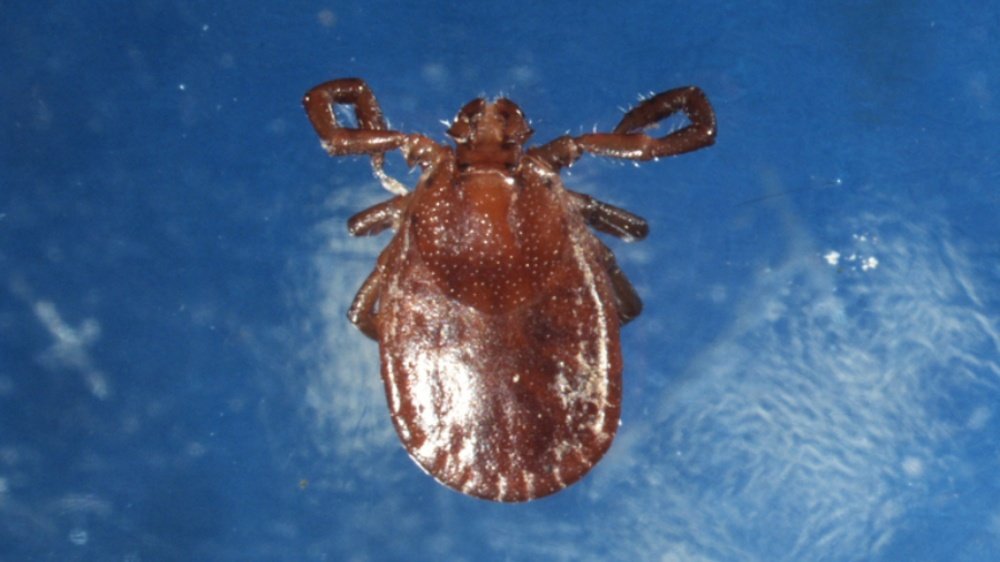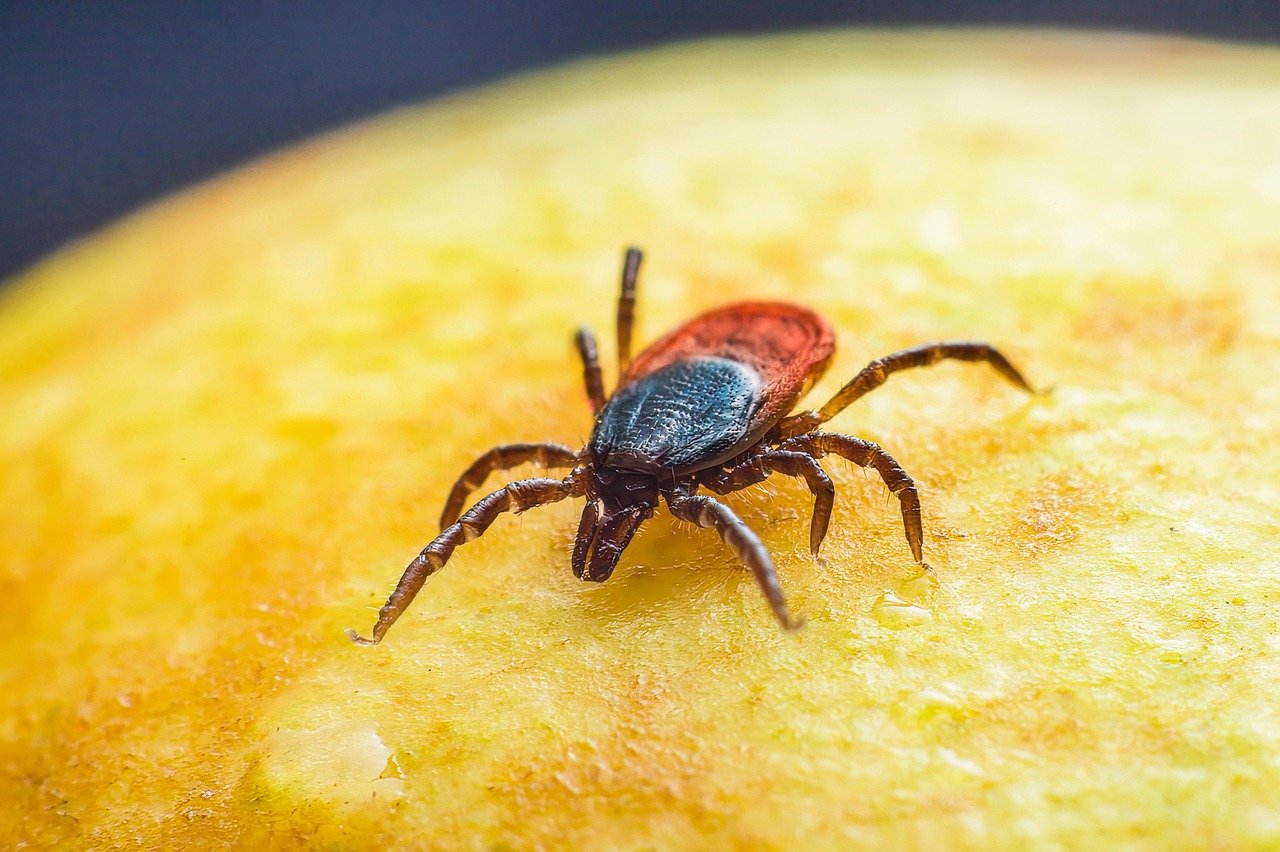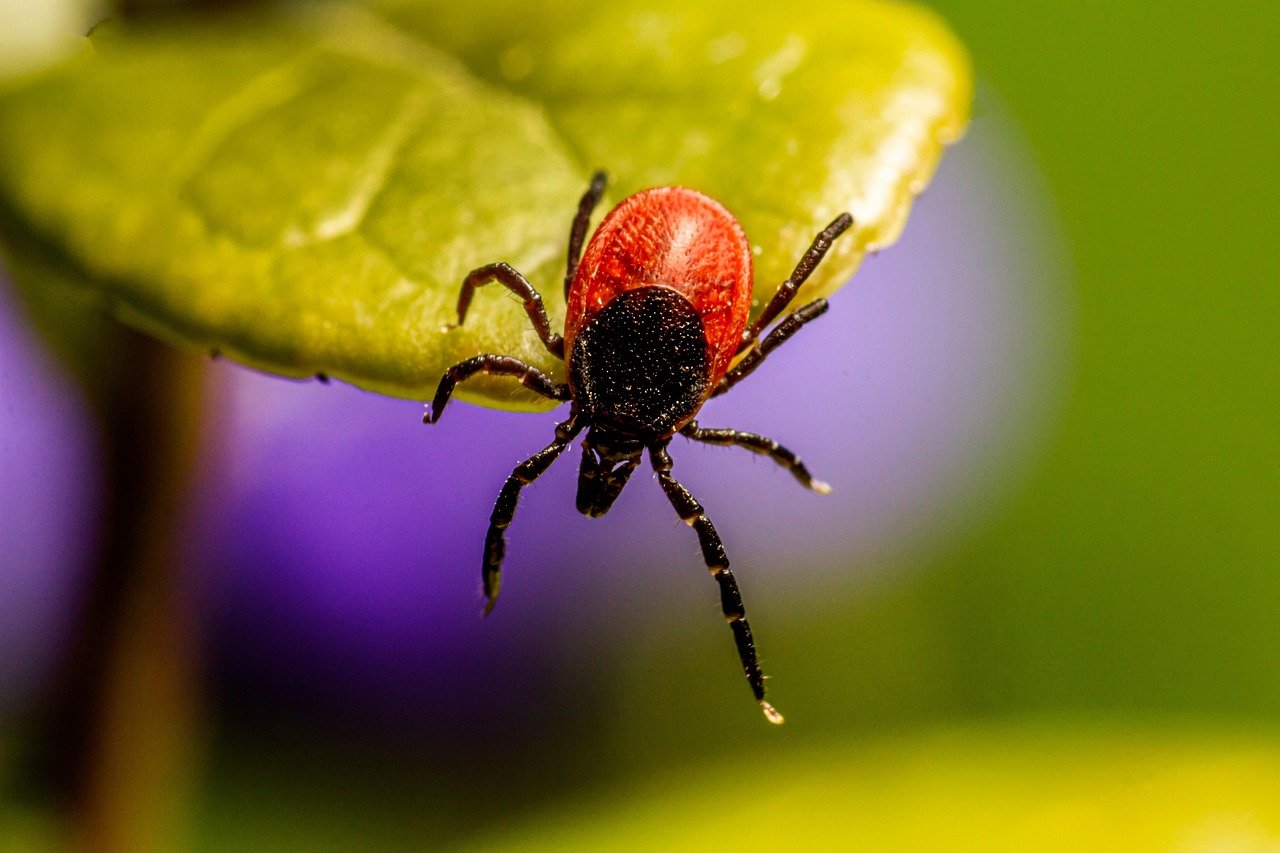Have you ever seen your dog scratch and suddenly felt a jolt of panic, wondering if a tiny, blood-sucking hitchhiker has nestled into their fur? For dog lovers in Pennsylvania, this isn’t just a worry—it’s a regular reality. Ticks are more than just a creepy nuisance; they’re a real threat to your dog’s health and happiness. With Pennsylvania being home to an astonishing 23 different types of ticks—including the invasive Asian longhorn tick—protecting your pup isn’t just important, it’s absolutely essential. Let’s dive into everything you need to know to keep your dog safe, healthy, and tick-free this season.
Understanding Ticks in Pennsylvania
Pennsylvania is known for its beautiful, wooded landscapes and lush parks—perfect places for dogs to explore. But these areas are also prime real estate for ticks. Out of the 900 tick species found worldwide, 23 can be found right here in Pennsylvania. Each type brings its own set of risks, but all share a love for warm, furry hosts. That means your dog is a prime target. Ticks aren’t just gross—they can carry serious diseases, like Lyme disease and ehrlichiosis, making them a genuine danger for your furry friend.
Meet the Asian Longhorn Tick: Pennsylvania’s Newest Threat

The Asian longhorn tick, originally from East Asia, has made its way to Pennsylvania and is causing quite a stir among pet owners and veterinarians. Unlike many native ticks, these little invaders can reproduce without mating, leading to explosive population growth. They’re aggressive feeders, and in large numbers, they can even cause anemia in animals. What’s truly unsettling is their ability to spread disease, although research is still ongoing about which diseases they might transmit in the U.S. If you see a tiny tick that looks light brown and moves fast, it could be the Asian longhorn tick—so stay alert!
Why Ticks Love Dogs
Ticks are drawn to dogs like bees to honey. Dogs love to romp through tall grass, roll in the leaves, and sniff every bush, which makes them the perfect target for hungry ticks waiting on blades of grass. Ticks sense warmth, movement, and even the carbon dioxide your dog exhales. Once they latch onto your dog, they can be difficult to spot, especially in thick or dark fur. It’s like searching for a tiny needle in a big, furry haystack! That’s why regular checks and preventive measures are so important.
Common Tick Species in Pennsylvania

While the Asian longhorn tick is grabbing headlines, it’s far from the only tick dog owners need to worry about. The blacklegged (deer) tick is notorious for transmitting Lyme disease. Then there’s the American dog tick, which can spread Rocky Mountain spotted fever, and the lone star tick, famous for its unique white spot and aggressive biting. Each species prefers different habitats and seasons, but all can latch onto your dog if you’re not careful. Knowing which ticks are most common in your area can help you be more vigilant during walks and playtime.
Tick-Borne Diseases That Affect Dogs

Ticks are more than just a nuisance—they’re carriers of some nasty diseases. Lyme disease is probably the most famous, but ticks can also transmit several other diseases ehrlichiosis, anaplasmosis, and babesiosis, among others. Symptoms can range from fever and joint pain to severe lethargy and even kidney failure. Sometimes, your dog may not show symptoms until weeks after being bitten, making early detection tricky. If your pup is acting strangely or seems unwell after a tick bite, don’t hesitate to call your vet.
Spotting the Signs: How to Check Your Dog for Ticks

Finding a tick on your dog can feel like winning (or losing) a terrible game of hide-and-seek. After every walk in the woods or park, run your hands slowly over your dog’s body. Pay extra attention to hidden spots: behind the ears, under the collar, between the toes, around the tail, and under the legs. Ticks can be tiny, especially nymphs, and may look like a small bump or wart. Using a fine-toothed comb can help catch ticks hiding deep in the fur. Make tick-checks a regular part of your routine—your dog will love the extra attention, and you’ll get peace of mind.
Preventing Tick Bites: Protective Gear and Clothing
You might not think of dressing up your dog, but protective gear can make a big difference. Special tick-repellent collars, bandanas, and vests are available and can help create a barrier between your dog and lurking ticks. Some dog owners even use lightweight dog shirts for walks in high-risk areas. If your dog has a short coat, this can be especially helpful. The idea isn’t to turn your dog into a fashion icon (though that’s a bonus!), but to make it harder for ticks to get a grip.
Tick Preventive Medications: What Works Best?

These days, there’s a dizzying array of tick prevention products on the market: spot-on treatments, oral medications, collars, and sprays. Each has its pros and cons. Oral chewables are simple—just pop one in your dog’s mouth, and you’re set for a month. Topical treatments are applied to the skin and work by killing ticks on contact. Tick collars can last for several months, releasing chemicals that repel or kill ticks. Talk to your vet about what’s best for your dog’s age, size, and health. Never use products meant for cats or other animals, as they can be dangerous for dogs.
Natural Tick Repellents: Are They Reliable?

Many dog owners are curious about natural tick repellents. Essential oils like eucalyptus, lavender, and cedarwood are often touted as natural solutions. However, be cautious—some oils can be toxic to dogs if not used correctly. Homemade sprays and herbal powders might help, but they’re usually not as effective as vet-approved medications. If you want to try natural options, always talk with your vet first. They can guide you on what’s safe and what’s just wishful thinking.
Keeping Your Yard Tick-Free
Your own backyard can be a tick playground if you’re not careful. Ticks love tall grass, leaf piles, and shady, damp areas. Keep your lawn mowed short, remove brush and leaves, and create a barrier of wood chips or gravel between your lawn and wooded areas. Consider using pet-safe pesticides or asking a professional for help with heavy infestations. By making your yard less inviting to ticks, you’ll reduce the risk for both your dog and your family.
The Importance of Year-Round Protection

A lot of people think ticks are just a summer problem, but in Pennsylvania, ticks can be active any time the temperature is above freezing. That means the risk doesn’t disappear in fall or early spring. In fact, adult ticks can be even more active in cooler months. Keeping up with tick prevention year-round is the only way to truly protect your dog. Don’t skip doses or treatments just because it’s chilly outside—the ticks aren’t skipping, either!
How to Safely Remove a Tick From Your Dog
If you find a tick on your dog, resist the urge to panic. Use fine-tipped tweezers, grasp the tick as close to your dog’s skin as possible, and pull straight out with steady, gentle pressure. Don’t twist or jerk—the goal is to remove the whole tick, head included. Clean the bite area with antiseptic, and keep an eye on it for any signs of infection. Never try home remedies like burning the tick or covering it in petroleum jelly; these can actually make things worse.
When to Call the Vet After a Tick Bite

Some tick bites are harmless, but others can lead to infections or disease. If your dog seems tired, develops a fever, loses appetite, or starts limping after a tick bite, call your vet right away. Early treatment can prevent serious complications. It’s also a good idea to save the tick in a sealed container—your vet may want to identify it, especially if your dog develops symptoms. Better safe than sorry, right?
Traveling With Your Dog: Staying Safe on the Go

Road trips and vacations are fun, but they can also expose your dog to new tick habitats. If you’re heading to a camp site, hiking trail, or even a new dog park, remember to pack your tick prevention supplies. Bring a tick-removal tool, keep up with medications, and check your dog thoroughly after outdoor adventures. Ticks don’t care about your travel plans—they’ll hitch a ride anywhere they can.
Educating Family and Friends About Tick Safety

Protecting your dog from ticks is a team effort. Make sure everyone in your household knows how to check for ticks and what to do if they find one. Teach kids to stay away from tall grass and brush when playing with the dog. Share what you’ve learned with other dog owners, especially if they’re new to the area. The more people who are aware, the safer everyone’s pets will be from these sneaky parasites.
Staying Informed: The Latest in Tick Research and Prevention
Tick threats are always changing, especially with the arrival of invasive species like the Asian longhorn tick. Stay up to date by checking in with your vet, following local animal health advisories, and reading up on the latest tick prevention news. New products and treatments are being developed all the time, giving us more tools to fight back. Knowledge is your best weapon—don’t let ticks catch you (or your dog) off guard.

Esther is from India; the heartbeat of South Asia, holding a Master’s degree in Zoology and a postgraduate diploma in Animal Welfare. Her enthusiasm for animal welfare drives her passion and dedication to working for animals, ensuring their well-being, and advocating for their rights. With a solid academic background and hands-on experience, she is committed to making a positive impact in the field of animal welfare. In her free time, she enjoys embroidery and sewing. As a Chennaite from Tamil Nadu, Esther loves Bharathanatyam, an Indian classical dance form.






